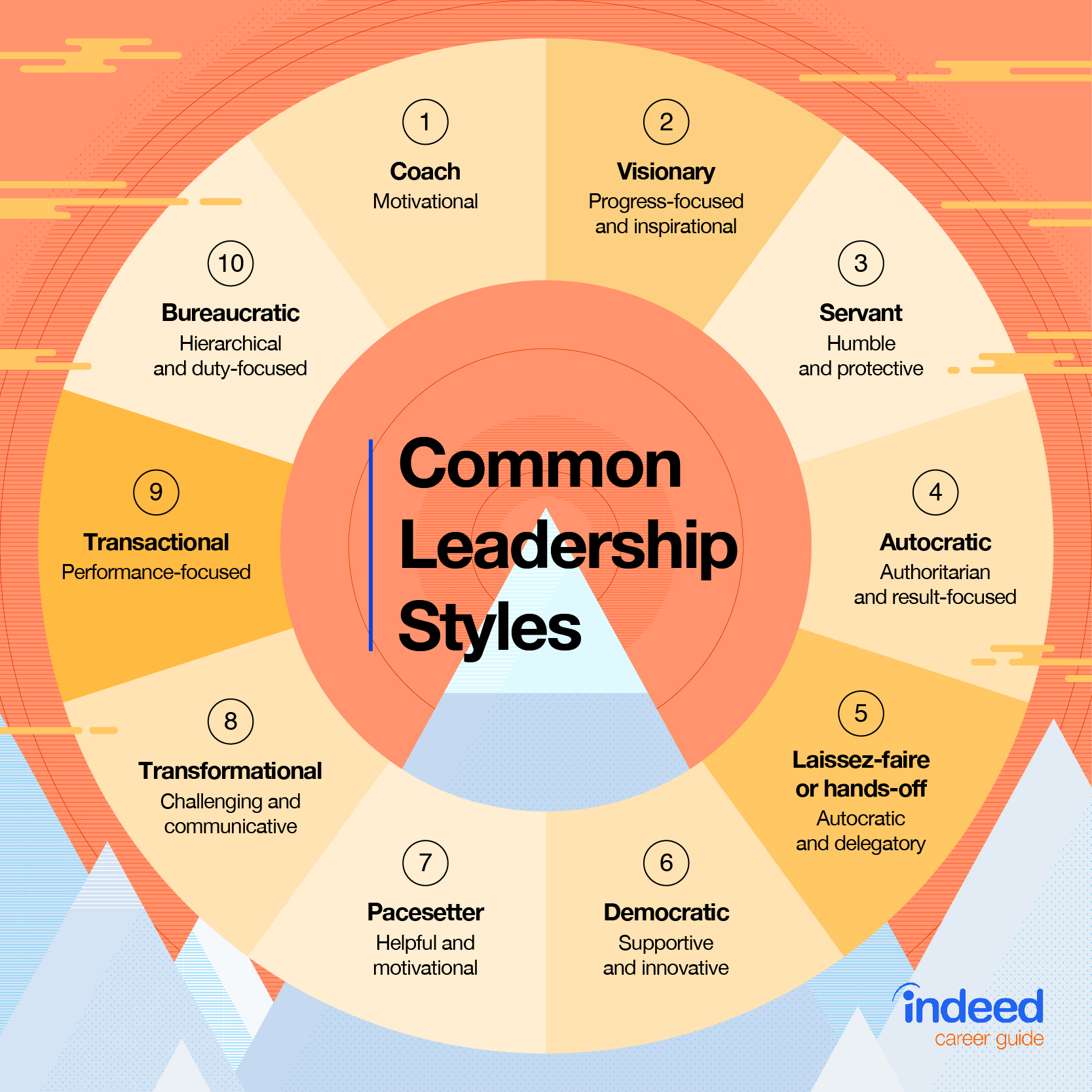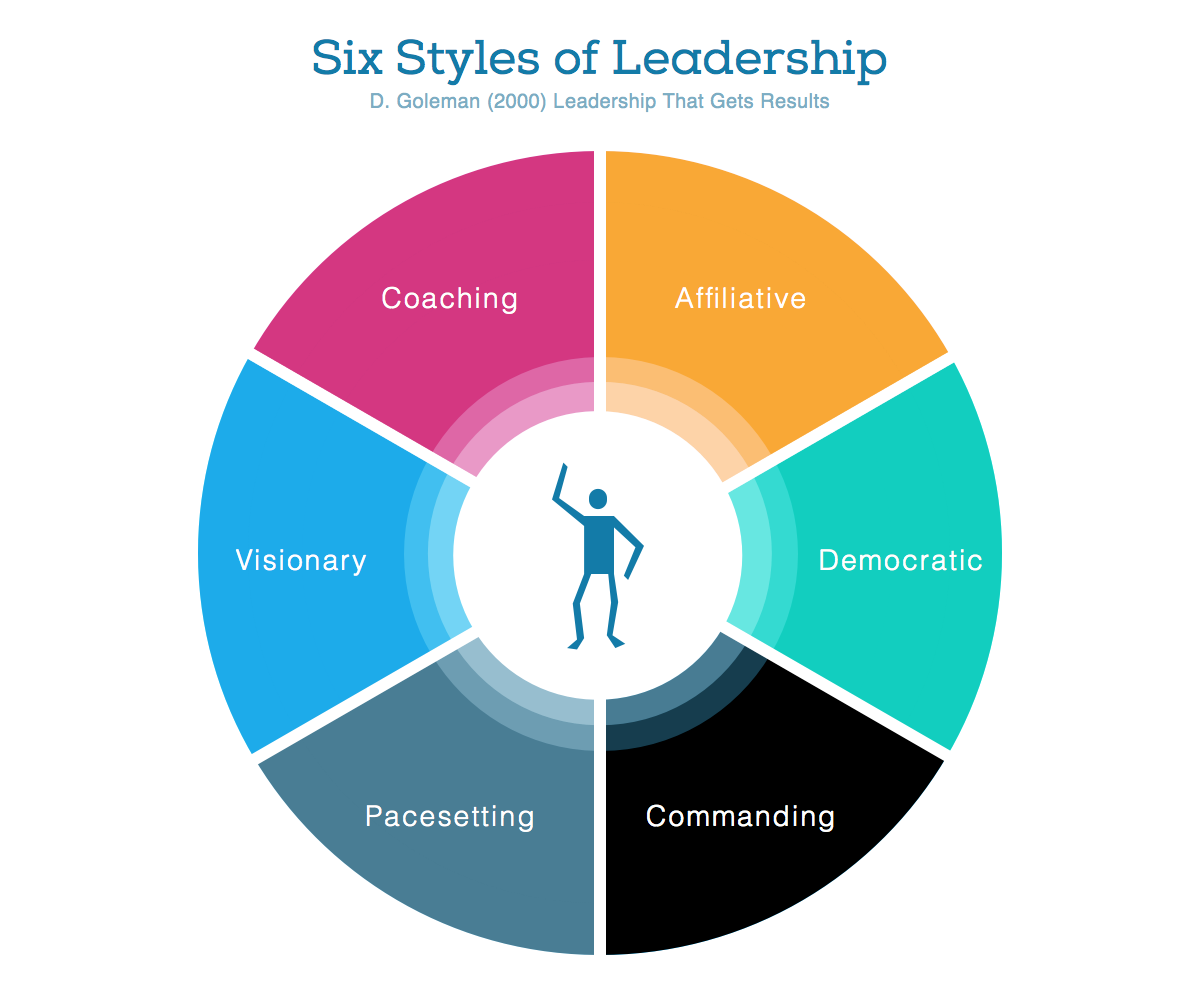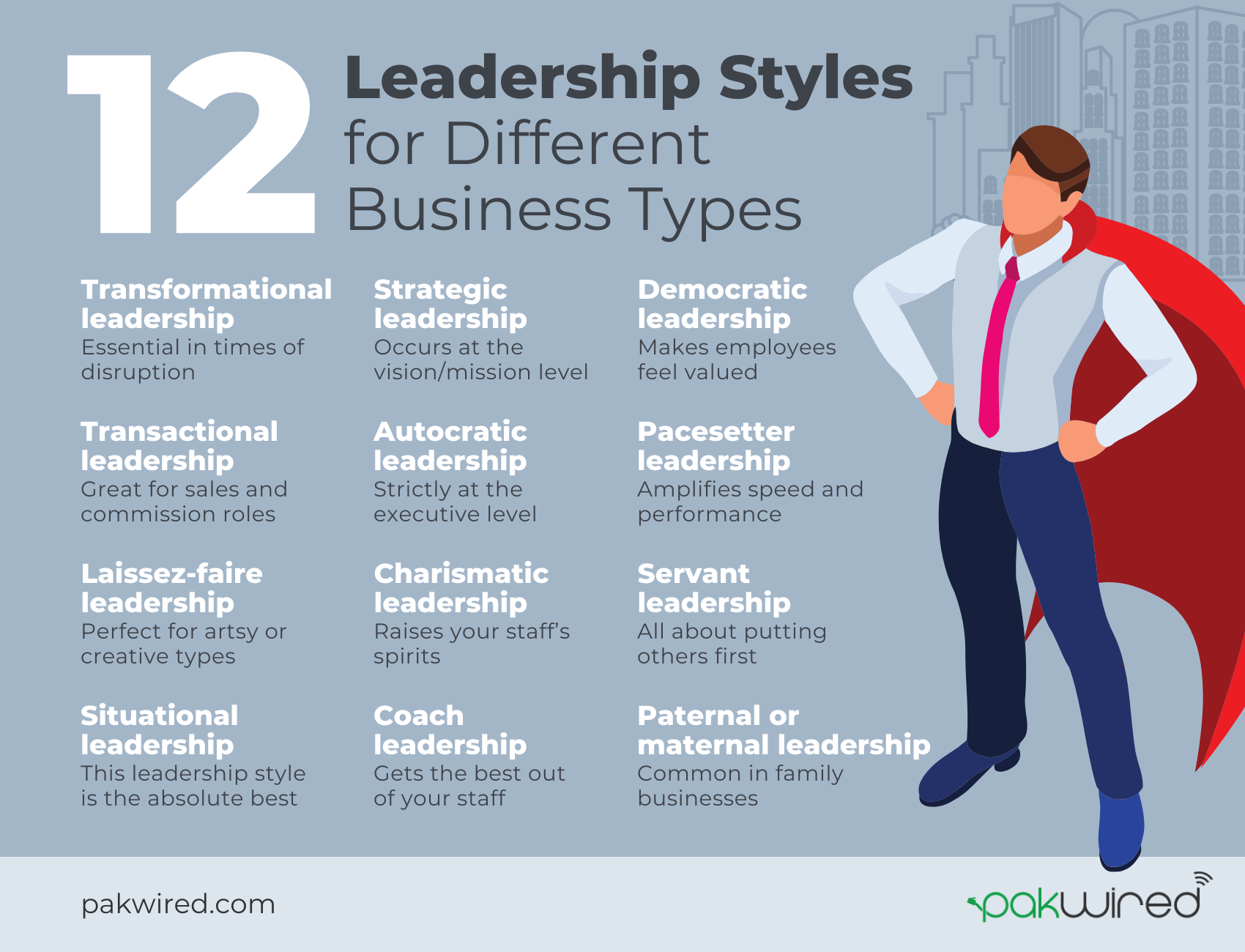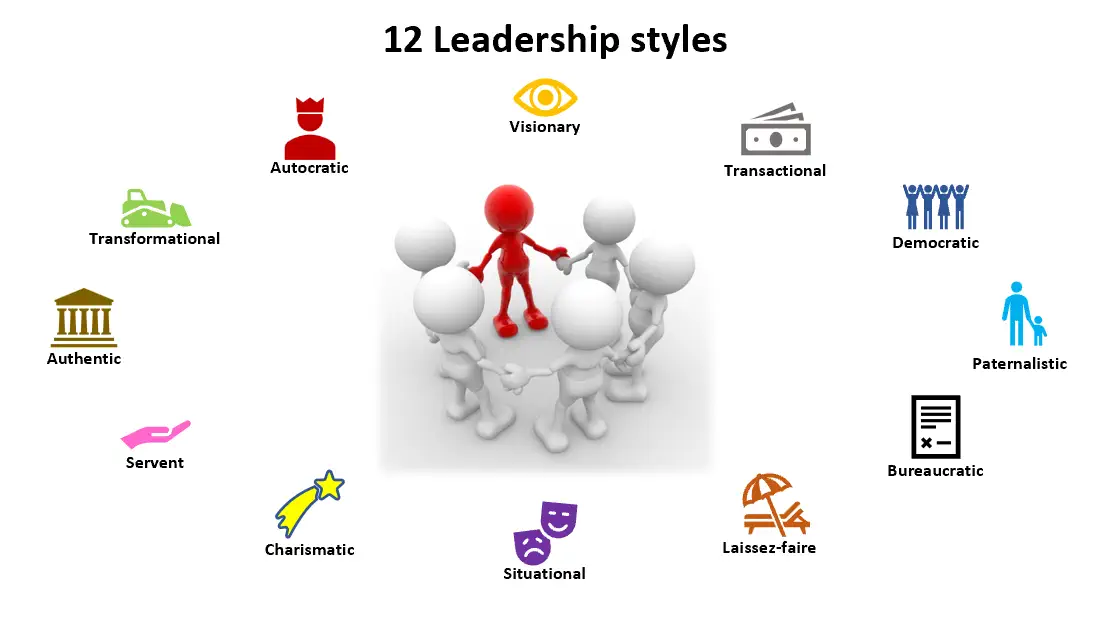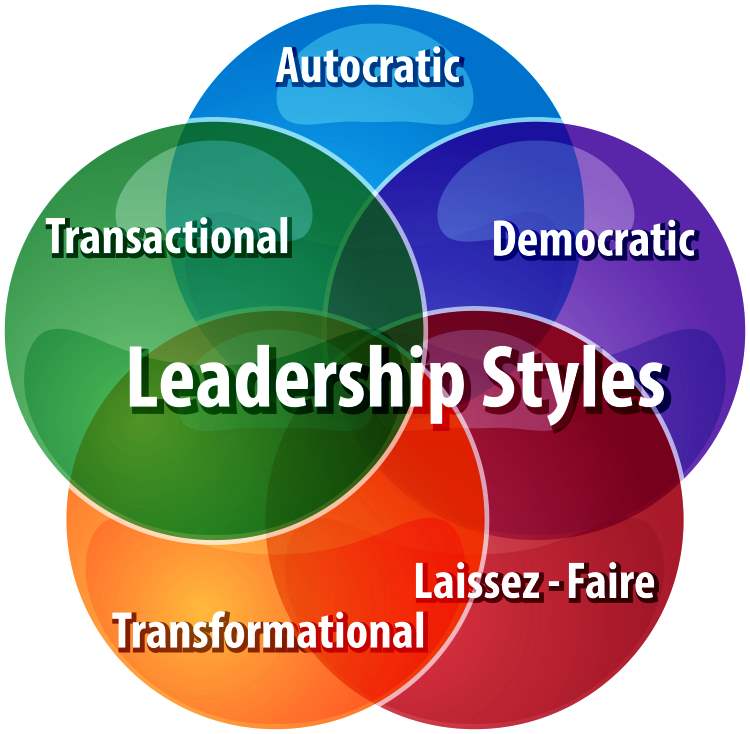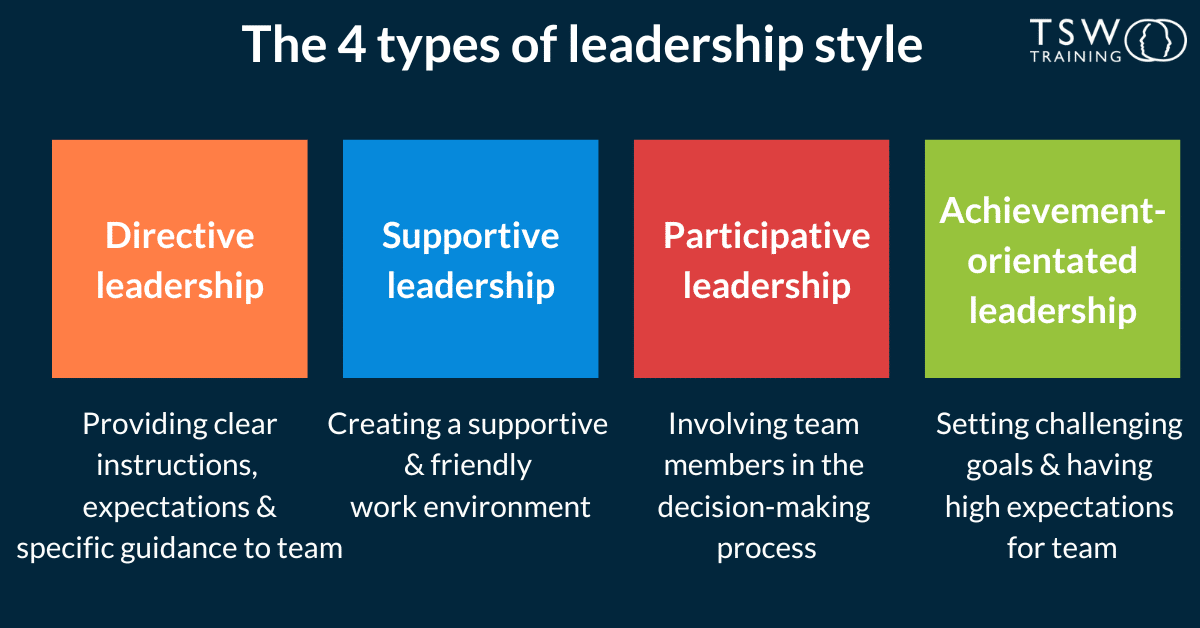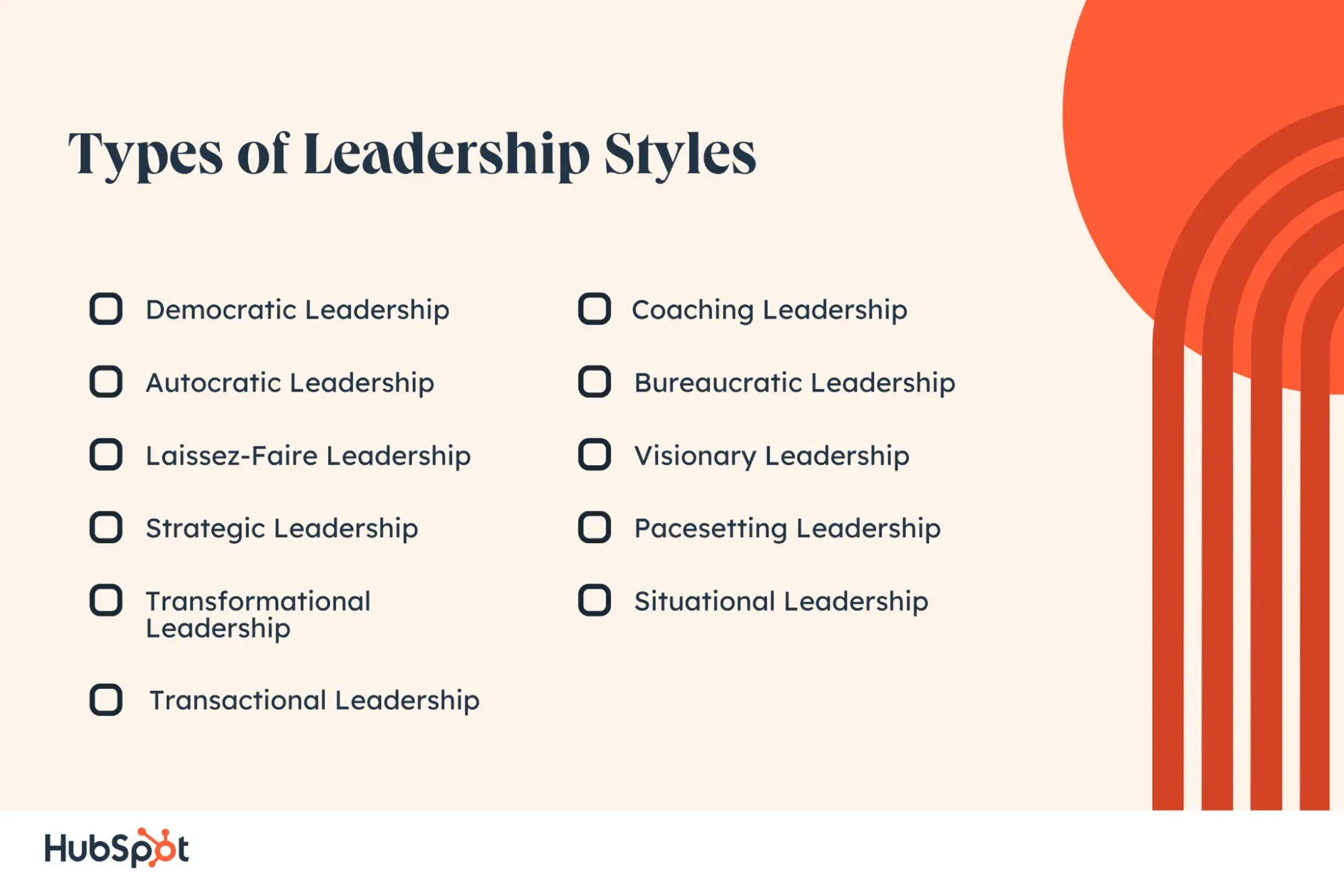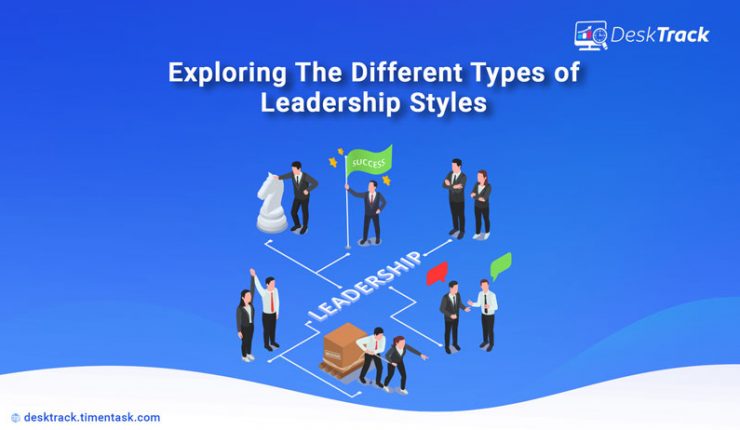What Are The Different Types Of Leadership

In today's rapidly evolving world, the effectiveness of leadership often determines the success or failure of organizations, projects, and even societal movements. From the boardroom to the battlefield, leaders are constantly challenged to adapt and inspire those around them. But what exactly constitutes effective leadership, and are all leadership styles created equal?
This article delves into the diverse landscape of leadership styles, examining their core characteristics, strengths, and potential weaknesses. By understanding these different approaches, individuals can better identify their own leadership tendencies and cultivate the skills necessary to navigate complex challenges and motivate diverse teams. We will explore established frameworks and highlight recent research to provide a comprehensive overview of the key leadership types shaping our world.
Traditional Leadership Styles
Several traditional leadership styles have shaped organizational structures for decades.
Autocratic Leadership
Autocratic leaders make decisions unilaterally, with little or no input from team members. This style can be effective in crisis situations where swift decisions are critical. However, it can stifle creativity and lower morale in the long run, as employees may feel undervalued and disempowered.
Democratic Leadership
Also known as participative leadership, democratic leadership involves soliciting input from team members before making decisions. This approach fosters collaboration, increases employee engagement, and can lead to more innovative solutions.
The downside is that decision-making can be slower, and it may not be suitable for time-sensitive situations.
Laissez-faire Leadership
Laissez-faire leaders provide minimal supervision and allow team members significant autonomy. This style can be effective with highly skilled and motivated teams, but it can lead to disorganization and lack of direction if team members are not self-motivated or lack the necessary expertise.
Bureaucratic Leadership
Bureaucratic leaders adhere strictly to established rules, policies, and procedures. This style is common in highly regulated industries where compliance is paramount. While it ensures consistency and order, it can also stifle innovation and adaptability.
Transformational and Transactional Leadership
These two distinct approaches represent fundamentally different philosophies regarding motivation and change.
Transformational Leadership
Transformational leaders inspire and motivate their followers to achieve extraordinary outcomes. They do this by setting a clear vision, communicating effectively, and empowering their team members to take ownership. They prioritize long-term goals and seek to transform the organization and its culture.
Transactional Leadership
Transactional leaders focus on maintaining stability and achieving short-term goals through a system of rewards and punishments. They emphasize efficiency and compliance with existing rules and procedures.
While effective in maintaining order and productivity, it may not foster innovation or inspire significant change.
Modern Leadership Approaches
As the business landscape evolves, newer leadership styles are emerging to address the demands of a dynamic and interconnected world.
Servant Leadership
Servant leaders prioritize the needs of their team members and strive to empower them to grow and develop. They focus on building strong relationships, fostering a culture of trust, and creating a positive work environment. This approach often leads to increased employee satisfaction and retention.
Adaptive Leadership
Adaptive leadership emphasizes the ability to navigate complex and uncertain situations by embracing experimentation and learning. Adaptive leaders encourage teams to challenge assumptions, take calculated risks, and adapt to changing circumstances.
This style is particularly valuable in organizations facing disruptive innovation or significant market shifts.
Authentic Leadership
Authentic leaders are genuine, self-aware, and act in accordance with their values. They build trust by being transparent, honest, and empathetic. This approach fosters a strong sense of community and encourages employees to bring their whole selves to work.
The Importance of Context and Adaptability
No single leadership style is universally effective. The most successful leaders are those who can adapt their approach to fit the specific context, the needs of their team, and the challenges they face.
For instance, an autocratic style may be necessary during a crisis, while a democratic approach may be more suitable for fostering innovation. Harvard Business Review emphasizes the importance of "situational leadership," where leaders adjust their style based on the readiness and ability of their followers.
According to a recent Gallup poll, employee engagement is significantly higher when employees feel that their leaders are approachable and supportive. This suggests that servant leadership and authentic leadership are becoming increasingly important in today's workplace.
Looking Ahead
The future of leadership will likely involve a blend of different styles, with an emphasis on adaptability, emotional intelligence, and a commitment to ethical behavior. As technology continues to transform the way we work, leaders will need to be able to navigate complexity, foster collaboration, and inspire innovation.
Furthermore, the rise of remote work and global teams will require leaders to develop strong communication skills and create a sense of belonging regardless of physical location.
By understanding the diverse landscape of leadership styles and cultivating the skills necessary to adapt and inspire, individuals can position themselves to lead effectively in the 21st century and beyond.

